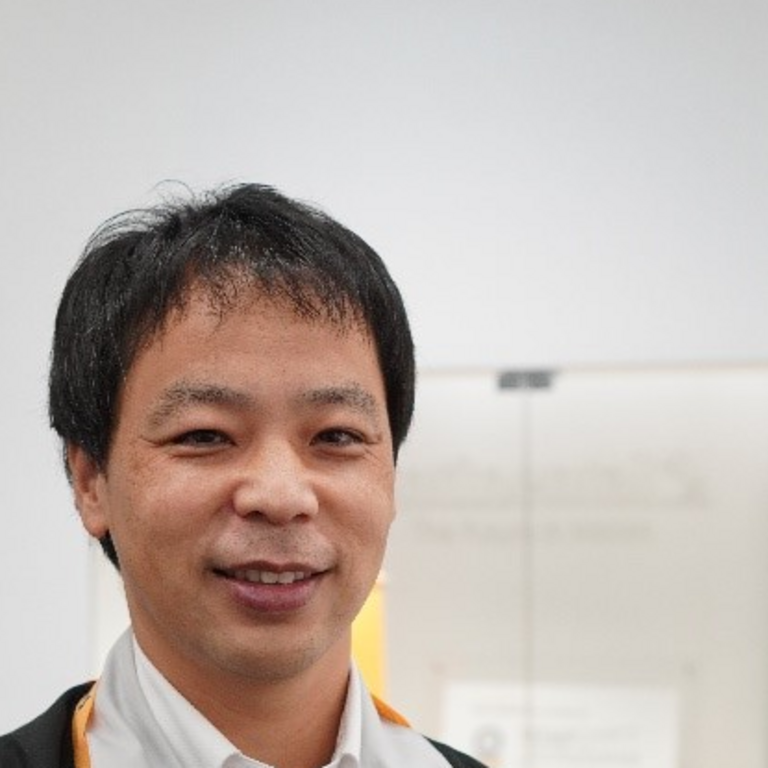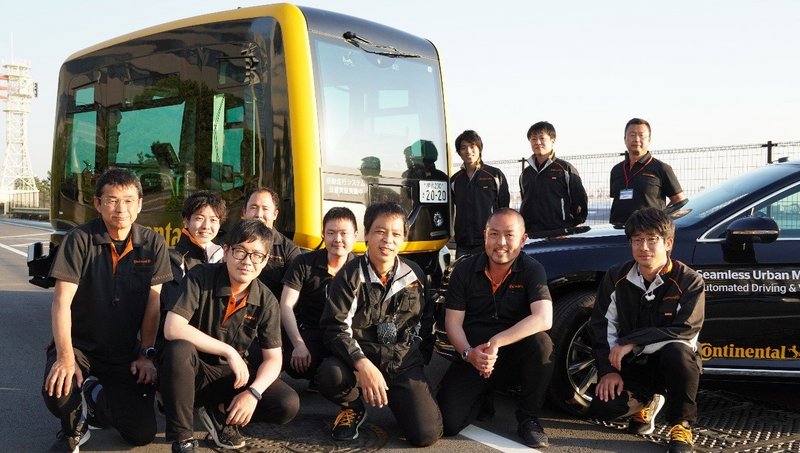The Success of Autonomous Driving Test on Public Roads in Tokyo
Yoshitomo A. joined Continental in 2015, and currently leads a team of Connectivity & Information management and Autonomous Driving activities in Japan. He has been involved in the special activities at Japan’s cross-ministerial project that Continental participated with our own Automated and Autonomous Driving testing vehicles. In this article, he talks about the success of autonomous driving testing on public roads in TOKYO and his future aspiration.
I have been managing many projects including driving tests of autonomous driving technology in Japan, together with team members. One of the most recent projects was the demonstration of autonomous driving technology at the special event in Tokyo Bay waterfront areas organized by the Cross-ministerial Strategic Innovation Promotion Program (SIP). There were several challenges to overcome during the project, in the end we could show our advanced autonomous driving technology and completed the project successfully.
We had two goals here: first, to conduct autonomous driving testing on public roads in Tokyo as part of this governmental project, and second, to promote the "Seamless Urban Mobility" concept using Continental Japan's advanced technological competence to our stakeholders, not only in the automotive industry but also others. To achieve our goals, there were several points to ensure: whether our autonomous driving vehicles with our technology could run safely and smoothly on Japanese public roads and whether advanced systems developed for global applications could be truly applied to Japanese traffic rules, as well as how far we could realize and present natural self-driving system that people could feel like matured human driving.
Looking at the prospect of autonomous driving technology, our self-driving vehicle still needs an operator who is monitoring the vehicle and able to implement sufficient safety measures immediately in case of emergency. Therefore, we have decided to focus on developing the technology to reduce driving related responsibilities and tasks of the driver.
When it comes to bus drivers, their tasks are not only safe driving, but to ensure nothing is left in the bus, as well as fare related operations and making safety warnings among others. Realization of driverless mobility needs a full consideration of replacement of these tasks. Having a strong teamwork and a close communication with colleagues across the world from different functions like AD system and HMI fields, we could master technical challenges and achieved successful presentations of autonomous driving technology in Japan.
It was also important and meaningful to work with our Next Gen. Engineers. Mitsuyasu M., one of our Next Gen. Engineers, supported me a lot in this project. He played an important role in developing the in-cabin-monitoring system and establishing communication channels with colleagues in Germany, Singapore and others. Thanks to our Next Gen. engineers, we were able to achieve our goal in the governmental project.
I would like to make more successful projects here in Japan and take the lead in some aspects of the autonomous driving technology development in the near future by proving that Japan can really drive innovations. This latest success is just the start. Japanese automakers account for approximately 30% of global vehicle production, and Continental considers Japanese customers to be one of its largest customer groups, therefore we would like to make more technical collaborations with our customers. We as Continental Japan team can play an important role in keeping direct and close communications with them. There may be difficult and challenging discussions with customers as well as the need to internally meet high levels of technological requirements, as the Japanese road environment, particularly in cities, is known to be one of the most difficult ones. However, I believe those exchange opportunities will be beneficial because we will be able to align the technical direction and targets in order to advance the technology for future mobility further. Together with team members we would like to make future mobility safer, more comfortable and to contribute to Continental’s global success, especially in the Autonomous Driving area.
This blog was written by our employee.

Dr. Yoshitomo A.




